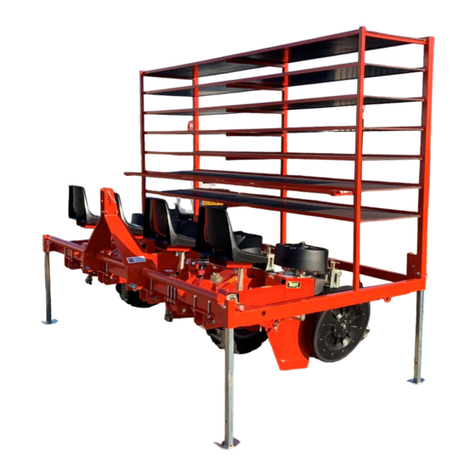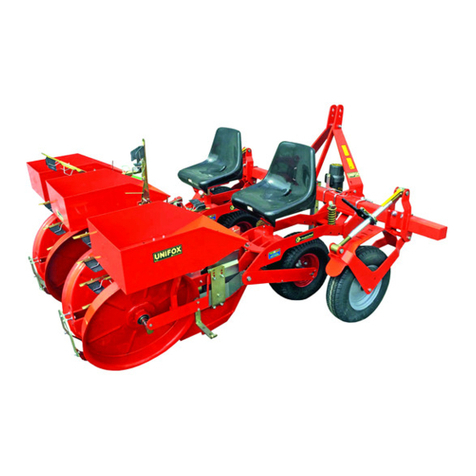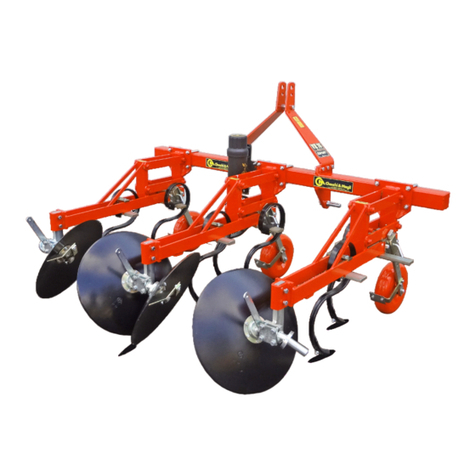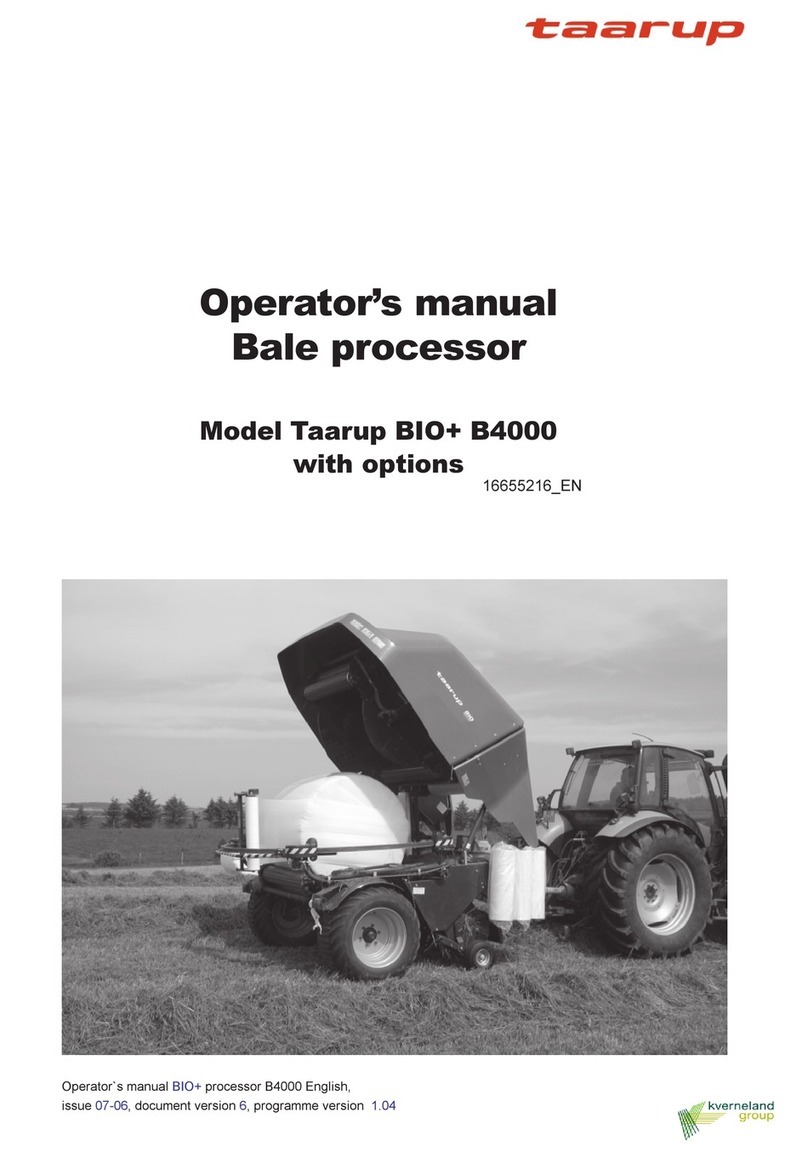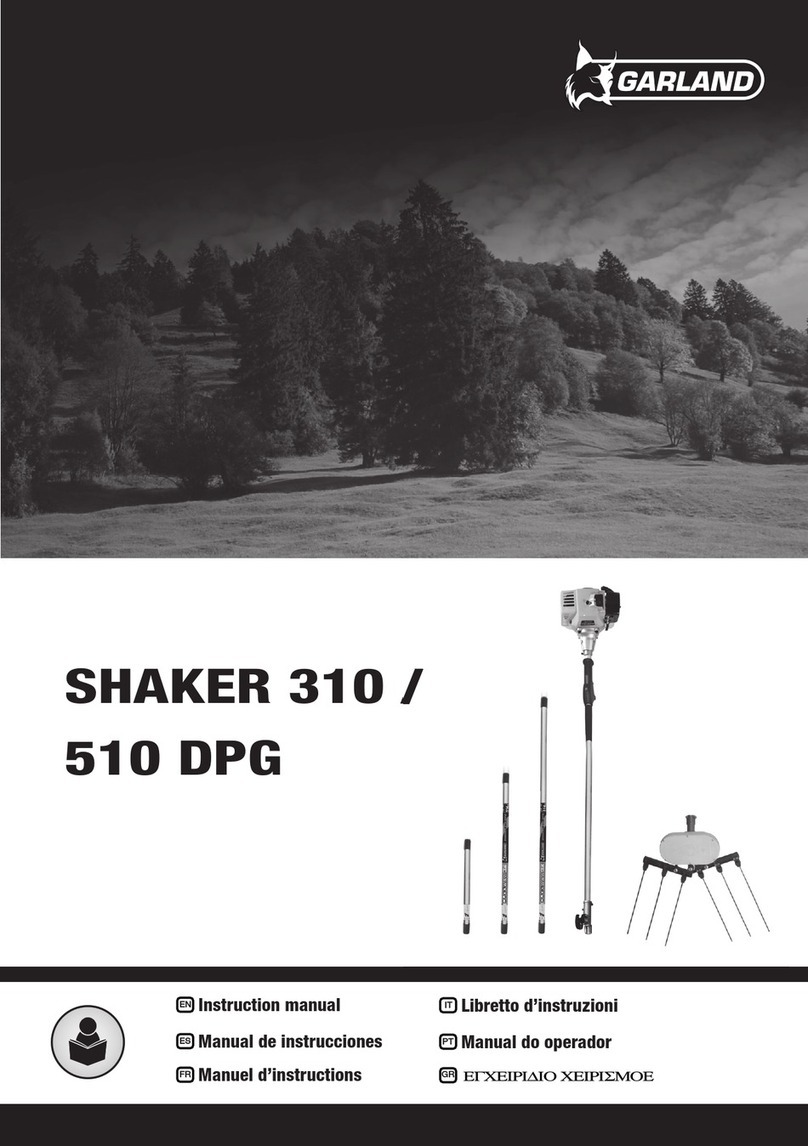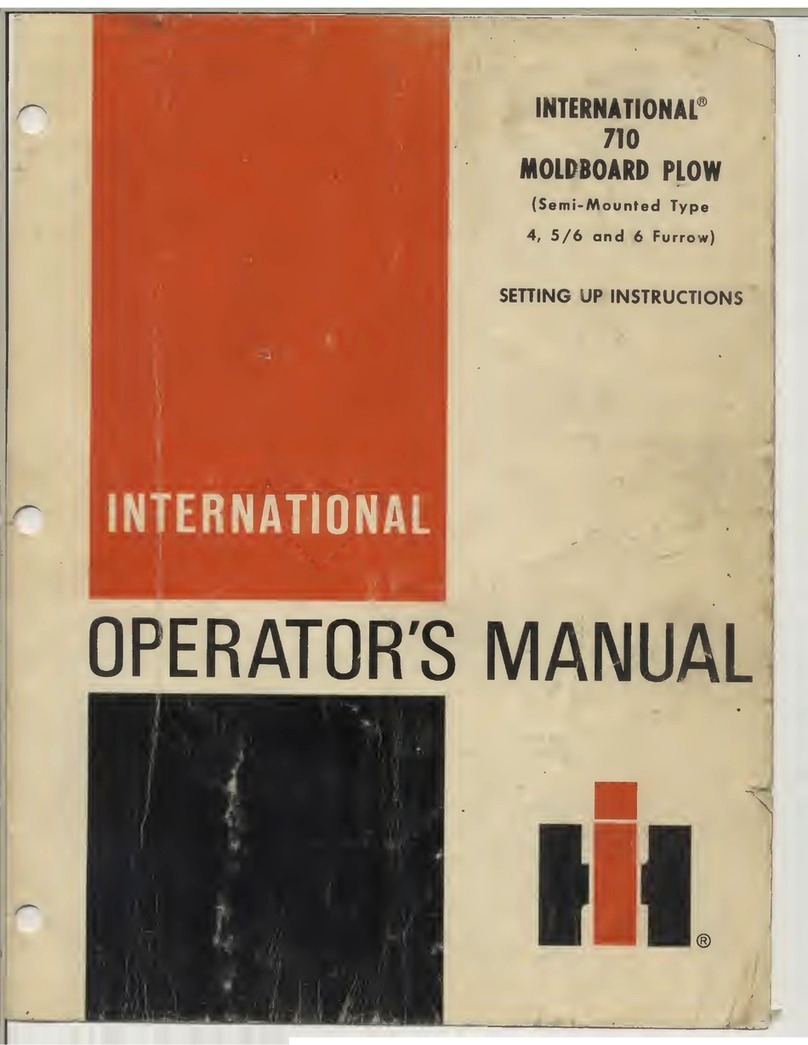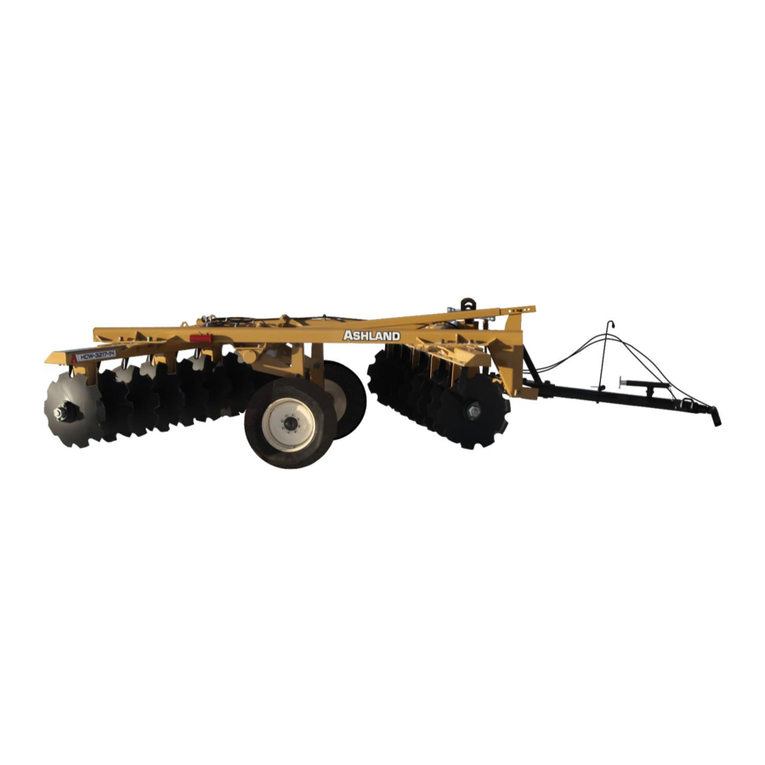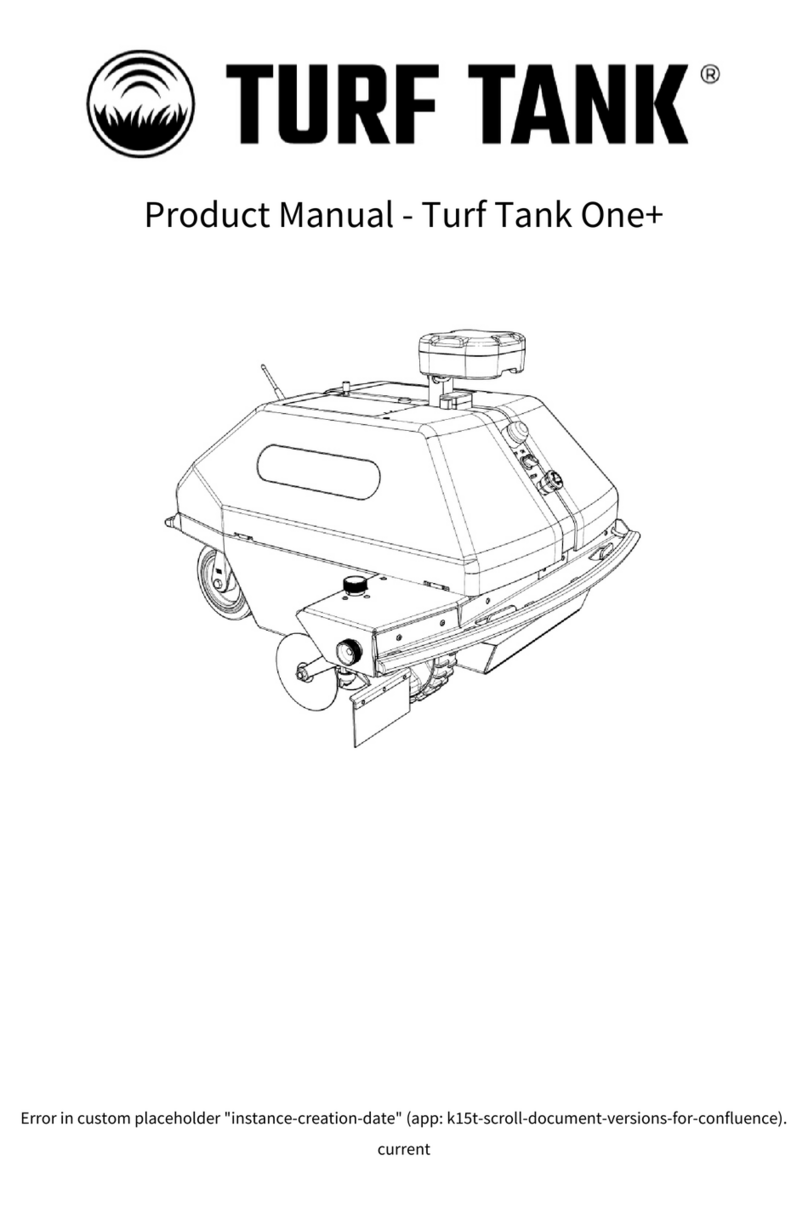Checchi & Magli 998963 User manual
Other Checchi & Magli Farm Equipment manuals

Checchi & Magli
Checchi & Magli BABY COMPACT User manual
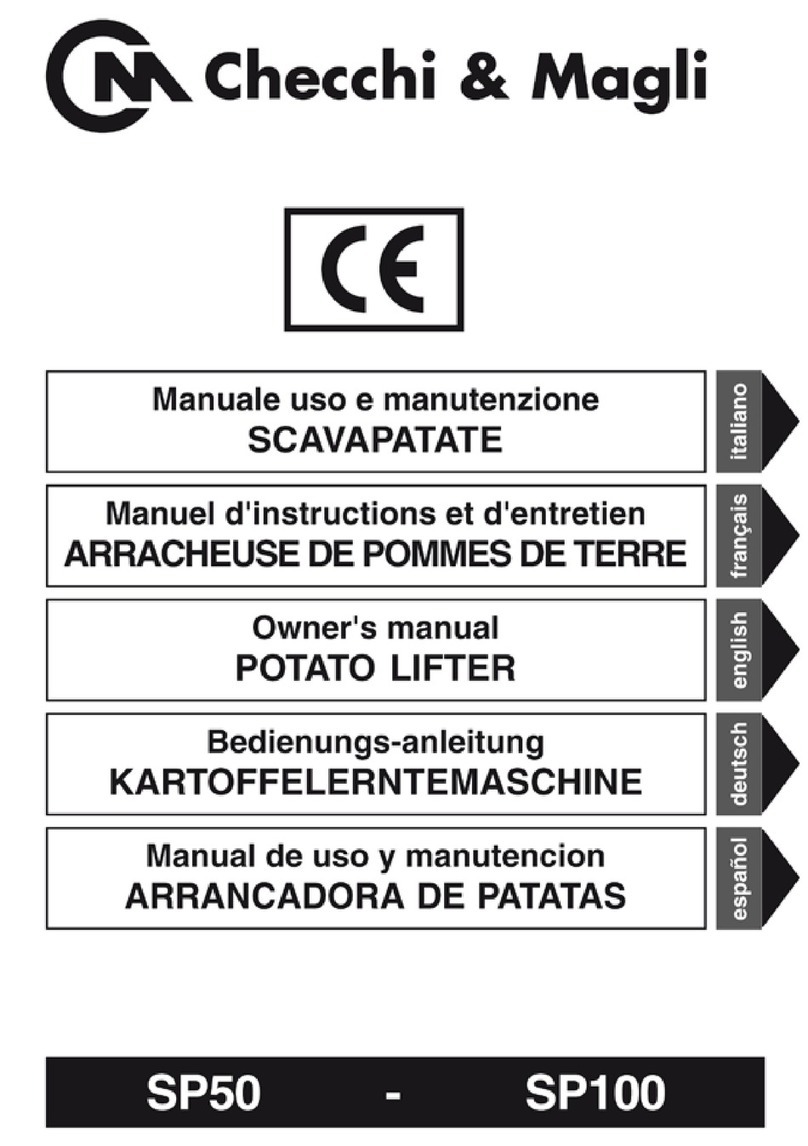
Checchi & Magli
Checchi & Magli SP50 User manual

Checchi & Magli
Checchi & Magli FOX DRIVE PLUS User manual
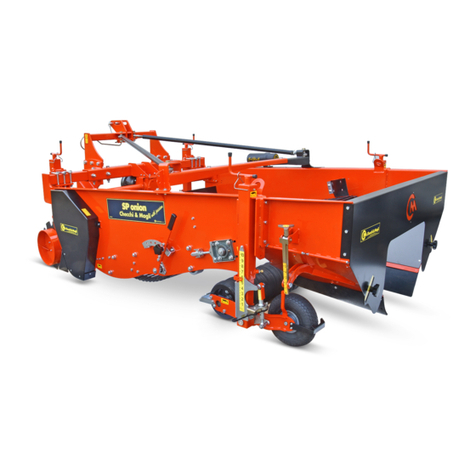
Checchi & Magli
Checchi & Magli SP 150 onion User manual

Checchi & Magli
Checchi & Magli TOP 24 User manual
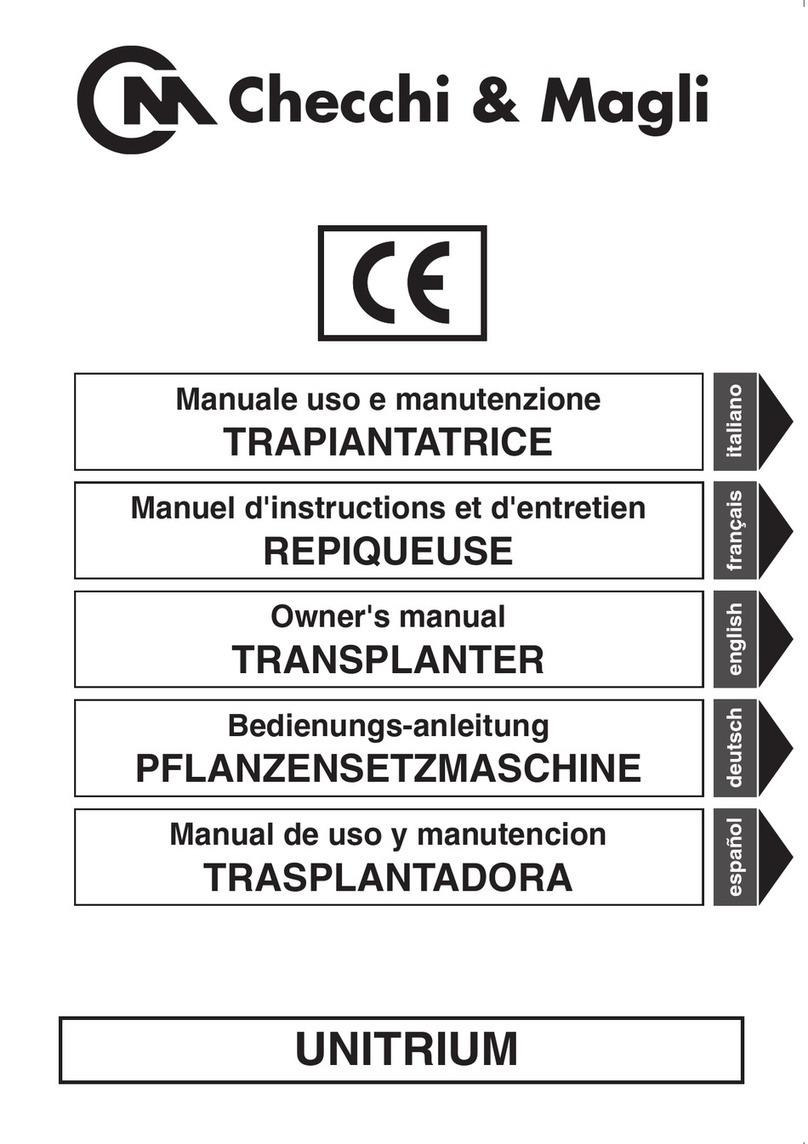
Checchi & Magli
Checchi & Magli UNITRIUM User manual
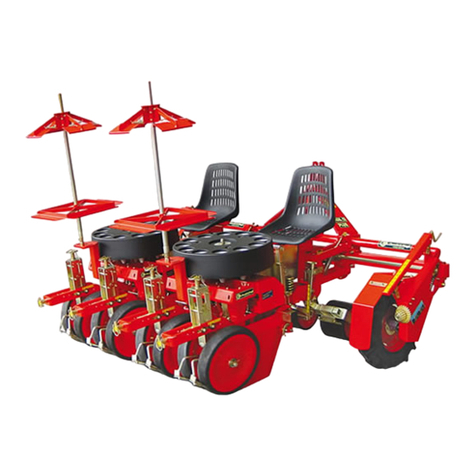
Checchi & Magli
Checchi & Magli DUAL 12 GOLD User manual
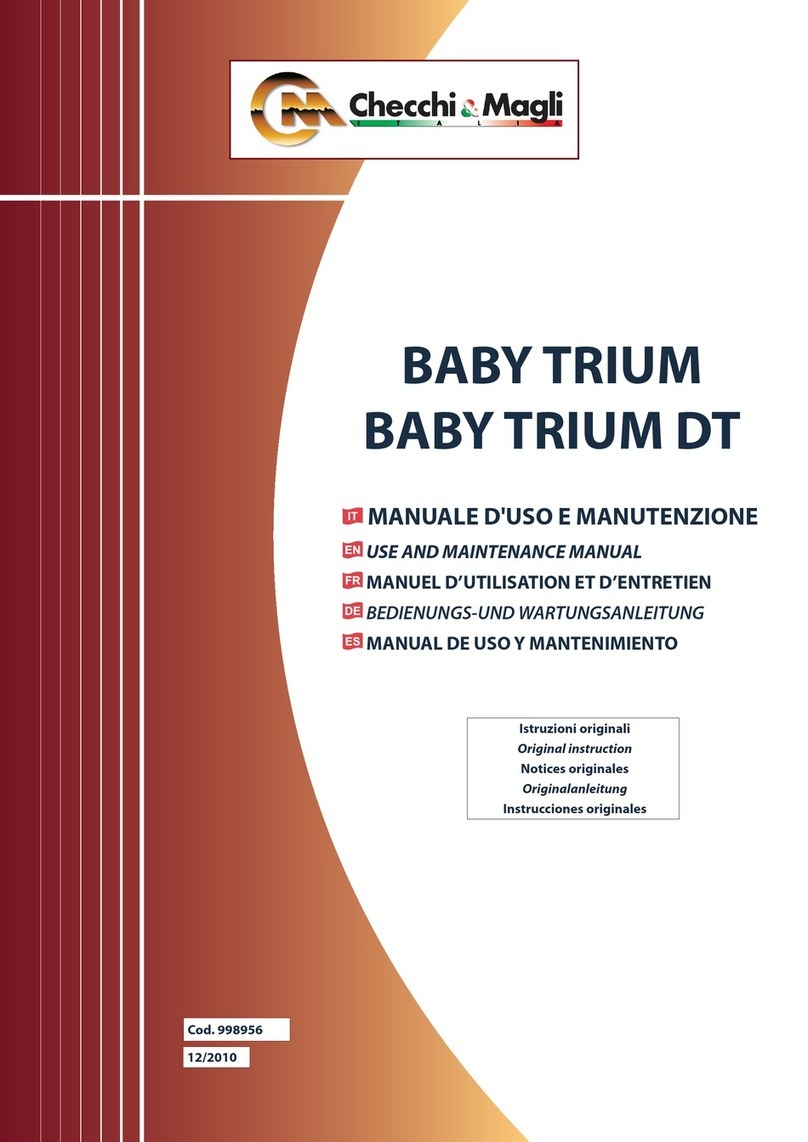
Checchi & Magli
Checchi & Magli BABY TRIUM User manual

Checchi & Magli
Checchi & Magli BABY TRIUM User manual

Checchi & Magli
Checchi & Magli WOLF User manual
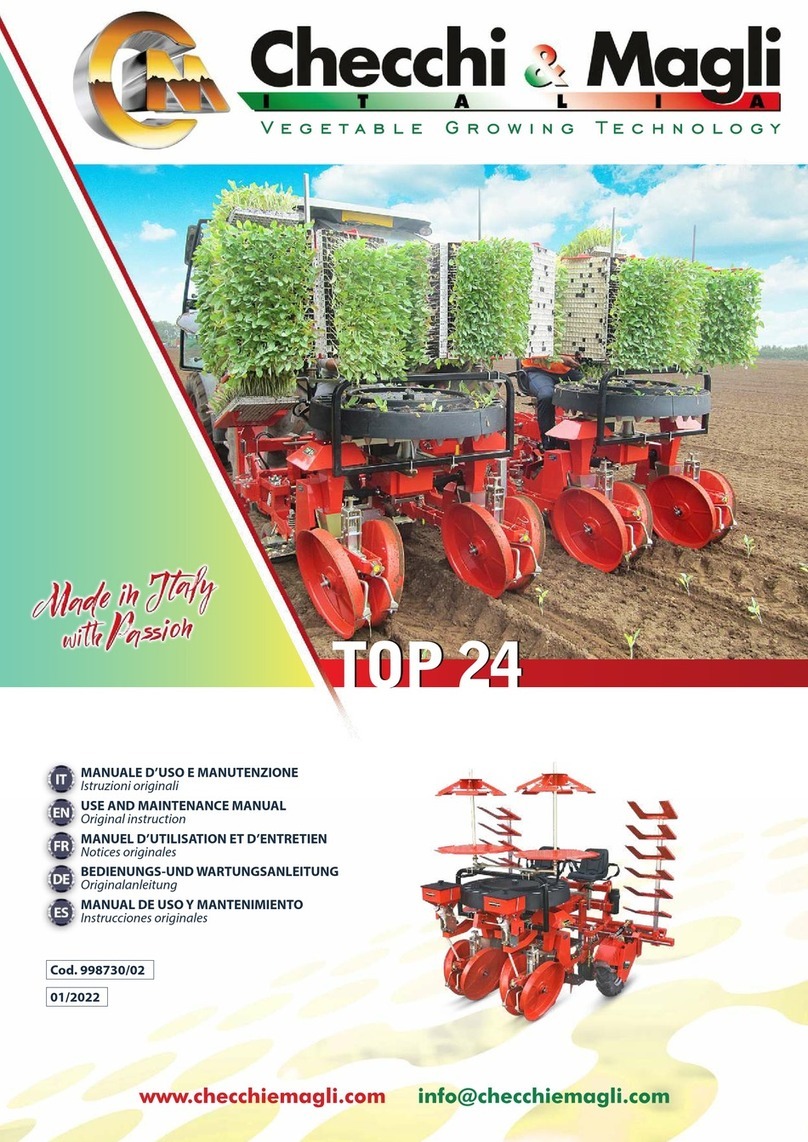
Checchi & Magli
Checchi & Magli TOP 24 User manual
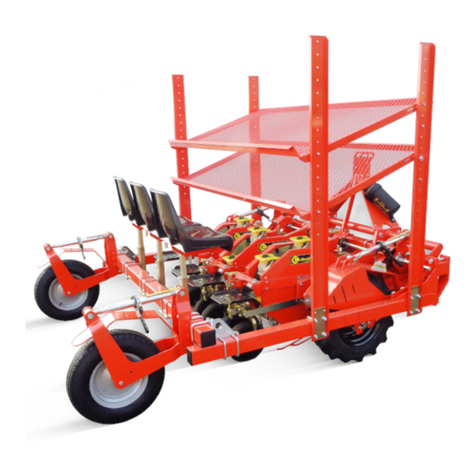
Checchi & Magli
Checchi & Magli WOLF COMPACT/3 User manual

Checchi & Magli
Checchi & Magli WOLF PRO User manual
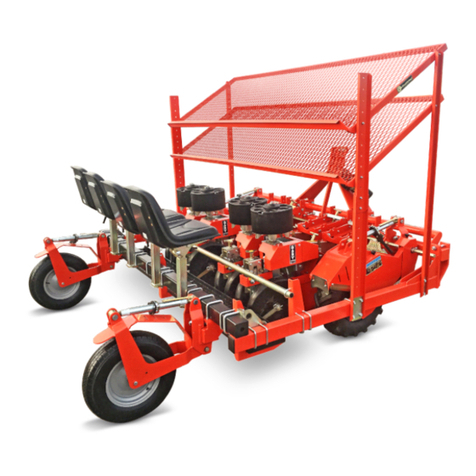
Checchi & Magli
Checchi & Magli BABY COMPACT User manual

Checchi & Magli
Checchi & Magli WOLF PRO User manual
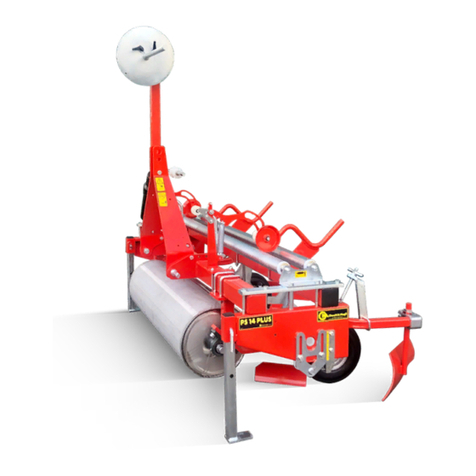
Checchi & Magli
Checchi & Magli PLASTIC-STOP PLUS User manual

Checchi & Magli
Checchi & Magli UNITRIUM User manual

Checchi & Magli
Checchi & Magli SP50 User manual
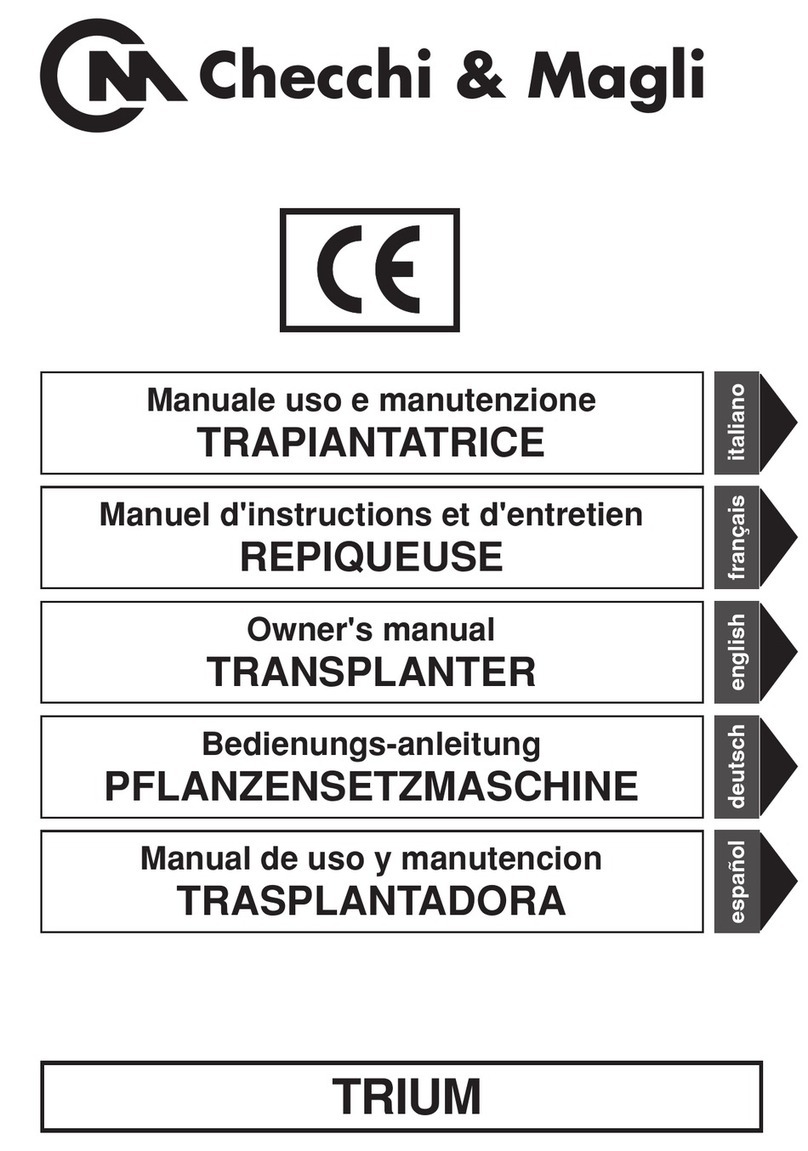
Checchi & Magli
Checchi & Magli TRIUM 1 User manual
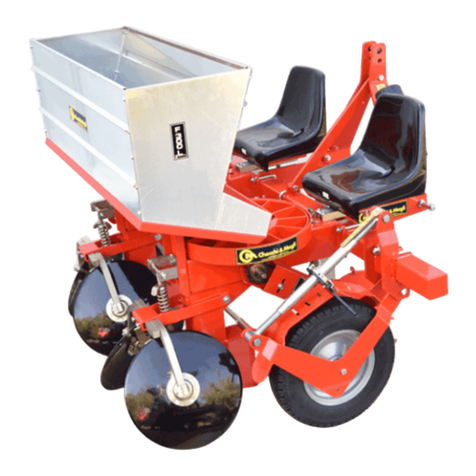
Checchi & Magli
Checchi & Magli F 300 L User manual
Popular Farm Equipment manuals by other brands

GSi
GSi PNEG-2314 installation manual

Amazone
Amazone Cenius 4003-2TX operating manual

MASSEY FERGUSON
MASSEY FERGUSON MF 9313S Operator's manual

Cima
Cima BLITZ Maintenance Instruction

Amazone
Amazone CombiDisc 3000 Original operating manual

HE-VA
HE-VA Disc-Roller XL Contour Operating instructions/spare parts list

